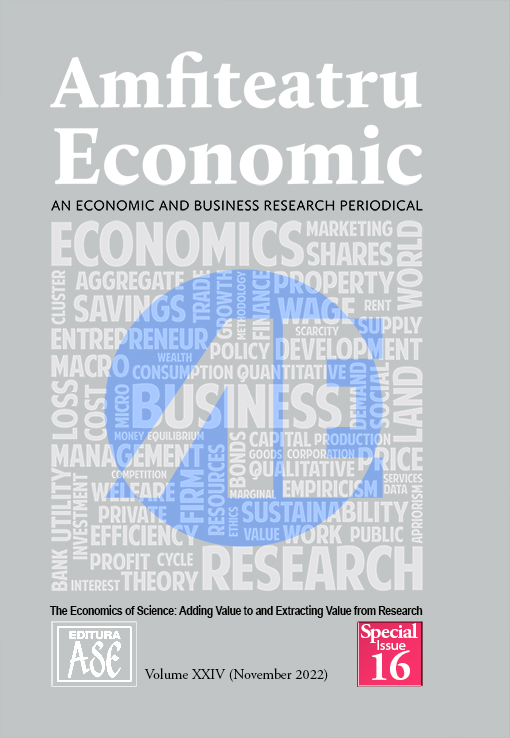Comparative Assessment of Research & Development and Quality of Life Indicators in Lithuania and Greece
Comparative Assessment of Research & Development and Quality of Life Indicators in Lithuania and Greece
Author(s): Dalia Streimikiene, Grigorios KyriakopoulosSubject(s): Business Economy / Management, Economic development, EU-Accession / EU-DEvelopment, Human Resources in Economy
Published by: EDITURA ASE
Keywords: research and development indicators; quality of life indicators; comparative assessment; case study; Greece; Lithuania;
Summary/Abstract: In recent years, it has been widely accepted that research and experimental development (R&D) is leading innovations and economic growth, as they are supposed to provide an increase in the well-being of the population. The paper analyses the scientific literature on the linkages between research and development expenditures to advance and promote the quality of life of the population.The comparative assessment of two countries – Lithuania and Greece – was performed based on the analysis of indicators such as the share of R&D financing intensity; human resources management in a new knowledge orientation; share of high-tech products in total exports, jointly with well-being indicators representing quality of life such as consumption level, productive activity; education and natural and living environment. The comparative assessment approach consists of comparative analysis of trends in R&D and the evolution of the quality of life indicator in two selected countries and comparison with a benchmark – the EU-27 average level, in addition to the identification of similarities and differences and their main reasons. To this end, a survey of experts in the selected countries defined the most relevant indicators for R&D and quality of life and constructed a framework for R&D performance and quality of life. The comparative assessment of Lithuania and Greece showed that Lithuania has a higher R&D financing intensity, but lower R&D resources and higher R&D financing outcomes compared to Greece. However, in both countries, the efficiency of R&D financing in terms of high technology products sharing in total exports is less than half than the EU-27 average. Subsequently, both countries should strengthen R&D financing outputs by implementing additional measures. Quality of life indicators related to R&D performance in Lithuania were higher than in Greece during the entire investigated period (2011-2020), demonstrating the need for greater R&D financing for national growth and the well-being of citizens. Finally, policy recommendations were proposed to increase the efficiency of R&D financing for Greece and Lithuania.
Journal: Amfiteatru Economic
- Issue Year: 24/2022
- Issue No: SI16
- Page Range: 1014-1033
- Page Count: 20
- Language: English

